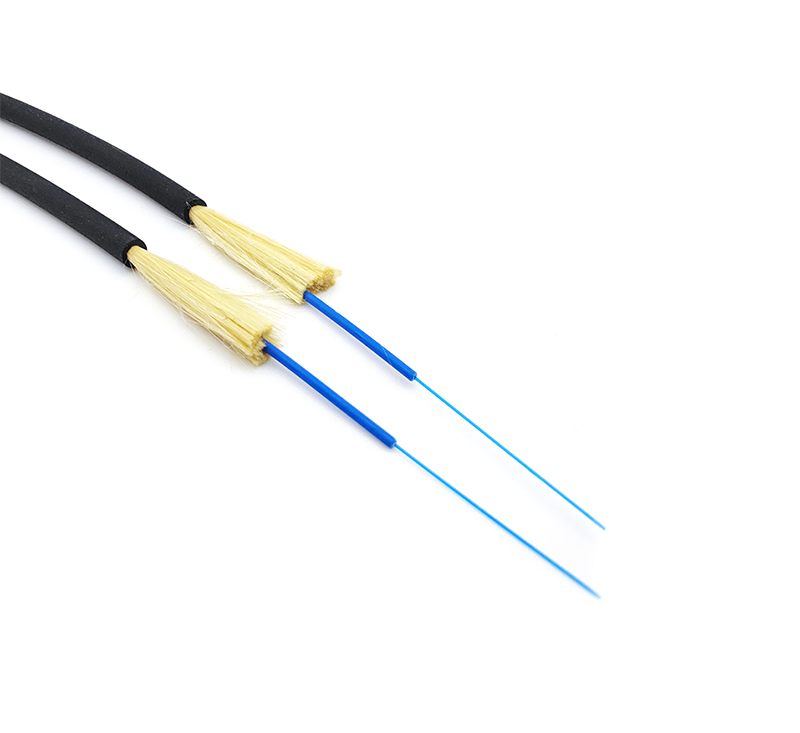1. Single Mode Fiber: The central glass core is very thin (the core diameter is generally 9 or 10 μm), and only one mode of fiber can be transmitted. Therefore, its intermodal dispersion is very small, which is suitable for long-distance communication, but there are also material dispersion and waveguide dispersion, so the single-mode fiber has higher requirements on the spectral width and stability of the light source, that is, the spectral width should be narrow and stable. Be good. Later, it was found that at the wavelength of 1.31 μm, the material dispersion and the waveguide dispersion of the single-mode fiber are positive and negative, and the magnitudes are exactly the same.
In this way, the 1.31μm wavelength region has become an ideal working window for optical fiber communication, and it is also the main working band of the current practical optical fiber communication system. OK, so this fiber is also called G652 fiber.
2. Compared with multi-mode fiber, single-mode fiber can support longer transmission distance. From 100Mbps Ethernet to 1G Gigabit network, single-mode fiber can support more than 5000m transmission distance.

3. From the perspective of cost, because the optical terminal is very expensive, the cost of using single-mode fiber will be higher than that of multi-mode fiber optic cable. 4. The refractive index distribution is similar to that of the mutant fiber, the diameter of the core is only 8~10 μm, and the light propagates along the central axis of the core in a straight shape. Because this fiber can only transmit one mode (
The two polarization states are degenerate), so it is called a single-mode fiber, and its signal distortion is small.










